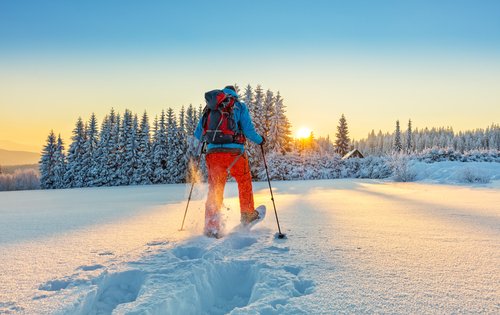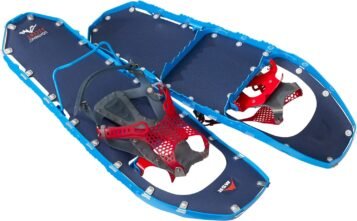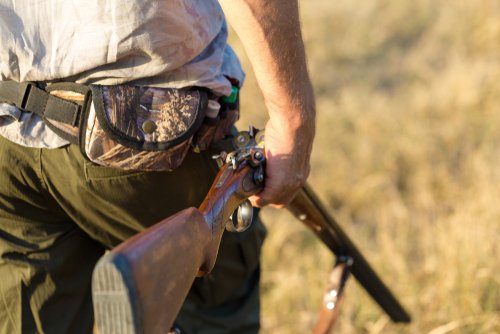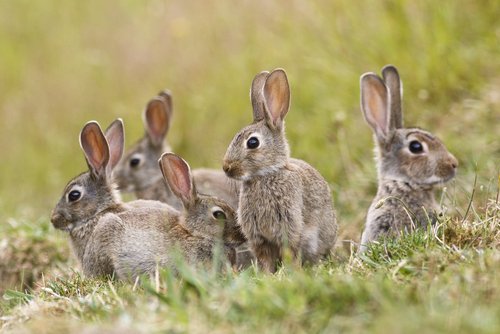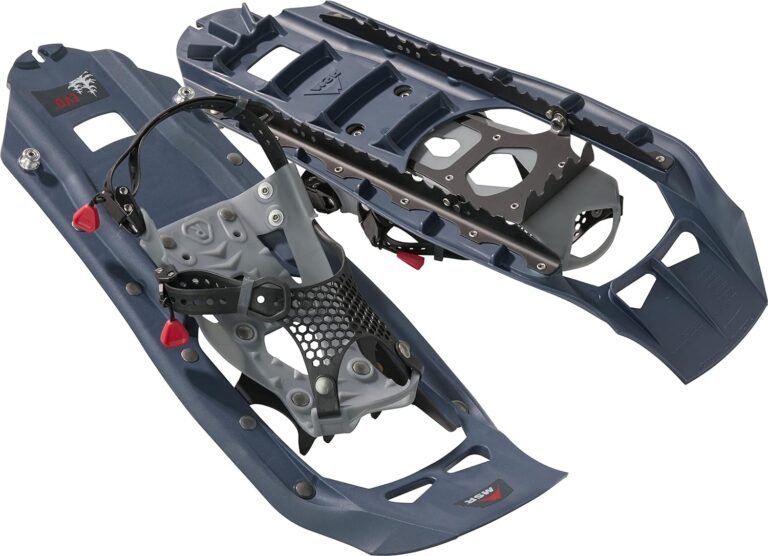Snowshoeing Fitness: You Better Stay Active and Healthy in Winter
Snowshoeing is more than just a delightful winter pastime; it’s a comprehensive workout that offers numerous health benefits. This engaging activity provides a robust full-body exercise, enhancing muscle strength, cardiovascular endurance, and balance. Here’s why snowshoeing is an excellent addition to your winter fitness regimen.
Full-Body Muscle Engagement
Trekking through snow-clad landscapes with snowshoes isn’t just scenic; it’s a dynamic full-body workout. The resistance of deep snow makes your leg muscles, including quads, hamstrings, and calves, exert extra effort, providing stability and propulsion.
Additionally, your glutes are actively engaged, generating power with every step. Crucially, your core muscles are constantly at work, maintaining balance and stability, making snowshoeing a well-rounded muscle-toning exercise.
Cardiovascular Health Booster
Snowshoeing is a powerhouse for cardiovascular fitness. Traversing uneven, snow-covered terrain increases your heart rate, enhancing oxygenation and boosting endurance. This sustained cardiovascular workout not only improves your overall stamina but also contributes to a stronger, more resilient heart and lungs.
Balance and Coordination Enhancement
Navigating the unpredictable snowy terrain while snowshoeing is a test of balance and coordination. Each step requires adjusting to shifts in weight and maintaining stability, which enhances proprioception – the body’s ability to sense its position in space. This constant physical challenge sharpens coordination and balance skills.
Mental Health and Nature’s Embrace
Beyond physical health, snowshoeing offers significant mental health benefits. The activity allows for the absorption of vitamin D from sunlight, even in winter, and exercising outdoors has been linked to reduced stress levels, improved mood, and increased well-being.
The serene beauty of snow-covered landscapes provides a mental escape from the hustle and bustle of daily life.
Preparation Tips for Snowshoeing
To make the most of your snowshoeing experience, it’s essential to dress appropriately for cold weather conditions, stay hydrated, and prepare for the physical demands of the activity.
Snowshoeing is an invigorating way to experience the tranquility of winter while keeping fit. Whether you seek a change in your fitness routine, a challenging outdoor activity, or simply a way to enjoy the beauty of winter, snowshoeing is an excellent choice.
Gear Up and Get Ready: Essential Preparation for Snowshoeing Fitness
Embarking on a snowshoeing journey is an exciting venture into winter fitness. It’s a unique way to enjoy the outdoors and get a comprehensive workout. Before setting foot on the snowy trails, it’s crucial to gear up and prepare your body for this invigorating exercise. Here’s how you can get started:
Essential Gear for Snowshoeing
Essential items include:
- Snowshoes: Choose a pair that suits your weight, snow conditions, and the terrain you plan to explore.
- Winter Boots: Choose waterproof and insulated boots to keep your feet warm and dry.
- Layered Clothing: Wear moisture-wicking base layers, insulating mid-layers, and a waterproof outer layer to regulate your body temperature.
- Accessories: Protect your extremities with warm gloves, a snug hat, and an insulated jacket.
Conditioning Your Body for Snowshoeing
Snowshoeing demands endurance, strength, and balance. To prepare:
- Cardiovascular Fitness: Engage in regular cardio activities like brisk walking, jogging, or cycling to enhance your stamina.
- Leg Strength Training: Incorporate squats, lunges, and calf raises to build the muscle strength required for maneuvering through snow.
- Core Strengthening: Exercises like planks, side planks, and bicycle crunches will fortify your core, essential for balance and stability on uneven terrain.
Adapting to Cold Weather Workouts
Training in winter requires specific considerations:
- Effective Warm-Up: Start with dynamic stretching to activate your muscles. Leg swings, high knees, and arm circles are great options.
- Hydration: Cold weather can mask sweat loss, so maintain hydration by drinking water before, during, and after your workout.
- Pacing Yourself: Adjust your intensity based on the cold. Start slow and gradually increase your pace to avoid overexertion in frigid temperatures.

Hydration, Energy, and Community Engagement in Snowshoeing
Staying Hydrated and Energized
Hydration and energy are key to a fulfilling snowshoeing experience. The cold environment can be deceptive, masking the body’s need for fluids and energy. Here’s how to stay on top of your game:
- Hydrate (Before and During): Start drinking water before heading out. Hydrating beforehand is essential, as you might not feel as thirsty in the cold. Carry a water bottle and take regular sips to replenish fluids lost during your excursion.
- Nutrient-Dense Snacks: Pack portable, energy-rich snacks like trail mix, granola bars, or dried fruits. These snacks provide sustained energy, crucial for enduring the exertions of snowshoeing.
- Electrolyte Balance: Sweating during exercise leads to a loss of crucial electrolytes. Include sports drinks or electrolyte supplements to maintain electrolyte balance and support muscle function.
- Be Alert to Your Body’s Signals: Pay attention to signs of dehydration or fatigue. If you feel lightheaded or notice a dip in performance, pause for hydration and rest.
Community Events and Snowshoe Races
Snowshoeing is a solitary journey into winter wonderland and an opportunity to connect with a community of enthusiasts. Community events and snowshoe races unite people from diverse backgrounds, united by their love for this winter sport.
- Competitive and Fun Environment: These events offer a blend of competition and fun, suitable for seasoned snowshoers and beginners. You ride through snow-covered trails and experience an adrenaline rush alongside scenic beauty.
- Learning and Networking: Participating in these events allows you to learn from experienced athletes, enhancing your technique and understanding of winter fitness.
- Camaraderie and Support: The spirit of camaraderie at these events is palpable. Regardless of one’s skill level, mutual support and encouragement foster a warm, inclusive environment.
- Inspiring Spectators: These events also captivate spectators, potentially inspiring them to explore the joys of snowshoeing and embrace winter fitness.
Conclusion: Embracing Snowshoeing as a Wholesome Winter Activity
Snowshoeing offers a unique blend of physical workout, mental rejuvenation, and community spirit. You can fully embrace this winter activity by preparing with the right gear, staying hydrated and energized, and engaging in community events.
Whether trekking through tranquil trails or competing in spirited races, snowshoeing is a rewarding way to stay active and connect with nature and others during winter.
So, gear up, stay hydrated, and join the growing community of snowshoe enthusiasts for an unforgettable winter adventure.
